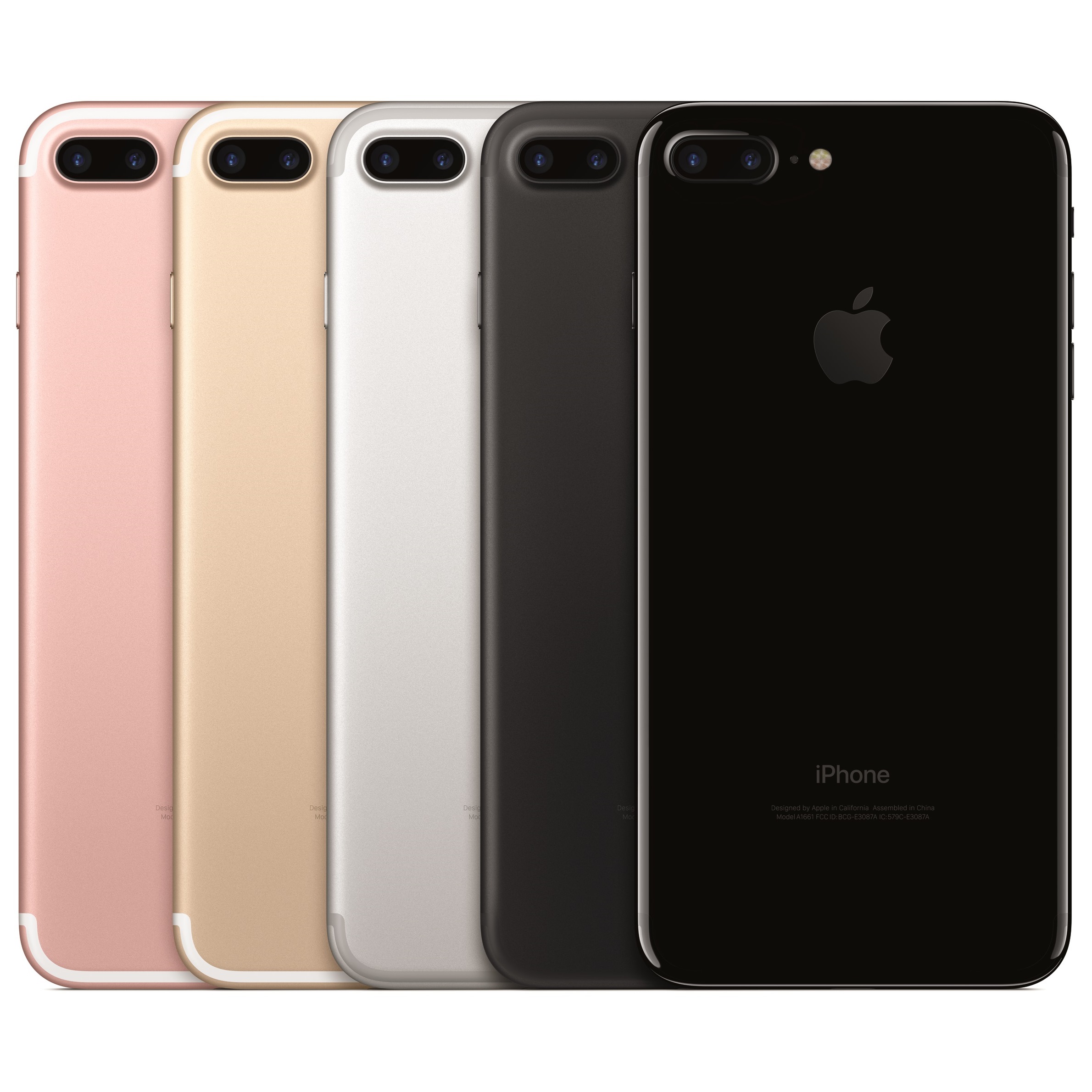
Apple Inc.’s (NASDAQ: AAPL) 2016 market share in China fell by 23.2% year over year to 44.9 million units, according to data released Monday by IDC Research. The U.S. giant’s fourth-quarter share decline totaled 12.8% on sales of 14.9 million units. Apple ranked fourth in Chinese sales, both for the quarter and for the year.
The top three vendors were OPPO, Huawei and vivo, in that order, for the fourth quarter and for the full year. Ranked fifth behind Apple was Xiaomi. The market share for the top five vendors rose from 46% in 2015 to 57% in 2016. IDC noted that the data are preliminary and subject to change.
The smartphone market in China grew by 18.7% year over year at the end of the fourth quarter of 2016 and by 8.7% year over year. The preliminary sales total for 2016 was 467.4 million units.
IDC’s senior market analyst, Tay Xiaohan, said:
Increased dependence on mobile apps has led to consumers to seek phone upgrades, thus helping drive the large growth in 2016Q4. In lower tiered cities, there was a similar demand by consumers, which OPPO and vivo met by aggressively pushing mid-range smartphones in these cities.
In its announcement, IDC also noted several issues to keep an eye on for the Chinese market in 2017:
- Top vendors will continue to take up a larger share of the market while smaller brands will begin consolidation. [Smartphone maker] 360 stopped launching phones under the Dazen and Qiku brands in 2017, and this will happen for more brands in 2017.
- Chinese vendors will continue to focus on their international expansion plans. At present, out of the top three Chinese vendors in China, Huawei is the most successful with half of its shipments coming from markets outside China in 2016Q4. We expect these vendors to increase their shipments in the international market, with India as a key target for these top Chinese vendors.
- Chinese vendors are starting to launch phones with dual cameras and curved screens. We expect that to be the norm for most flagships in 2017. Cameras will continue to be a key focus in the marketing messages by vendors especially given the strong selfie culture in China, as exemplified by the popularity of apps such as Meitu.
- Similarly, Chinese vendors will be aggressive with other new technologies such as flexible screens, augmented reality, and other new areas. In the past year, vendors such as Huawei, Xiaomi, and LeEco developed phones with dual cameras, thin bezels, and digital headphone connectors well before many overseas vendors did. Bold experimentation is likely, even if such technologies might not immediately lead to higher shipments.
If China’s large smartphone makers are targeting India’s market in 2017, that makes Apple’s plan to open a manufacturing plant in the country even more important. Apple sold about 2.5 million smartphones in India last year, out of a total of 46 million units sold. India’s population is the world’s second largest, behind China, but Chinese consumers bought 10 times as many smartphones last year. The Indian market is the last huge market left for smartphone makers and competition for sales should be intense this year and for some time to come.
100 Million Americans Are Missing This Crucial Retirement Tool
The thought of burdening your family with a financial disaster is most Americans’ nightmare. However, recent studies show that over 100 million Americans still don’t have proper life insurance in the event they pass away.
Life insurance can bring peace of mind – ensuring your loved ones are safeguarded against unforeseen expenses and debts. With premiums often lower than expected and a variety of plans tailored to different life stages and health conditions, securing a policy is more accessible than ever.
A quick, no-obligation quote can provide valuable insight into what’s available and what might best suit your family’s needs. Life insurance is a simple step you can take today to help secure peace of mind for your loved ones tomorrow.
Click here to learn how to get a quote in just a few minutes.
Thank you for reading! Have some feedback for us?
Contact the 24/7 Wall St. editorial team.



